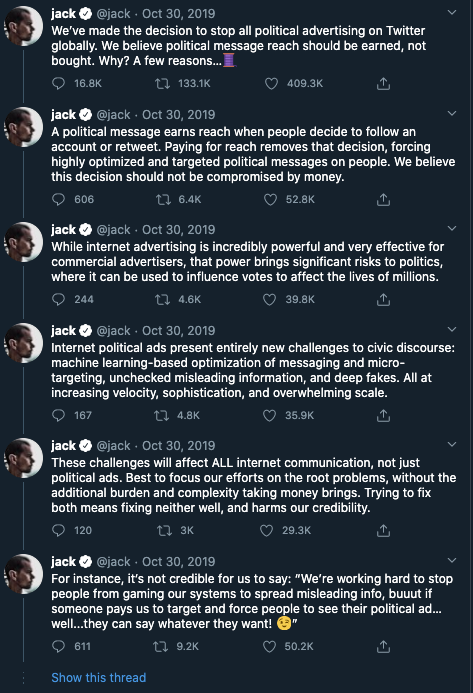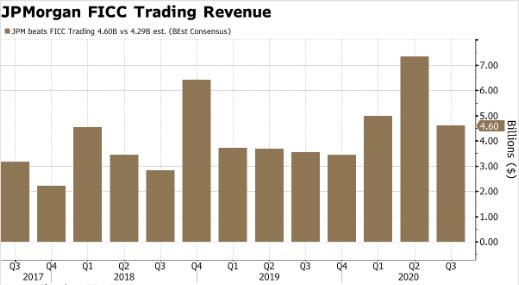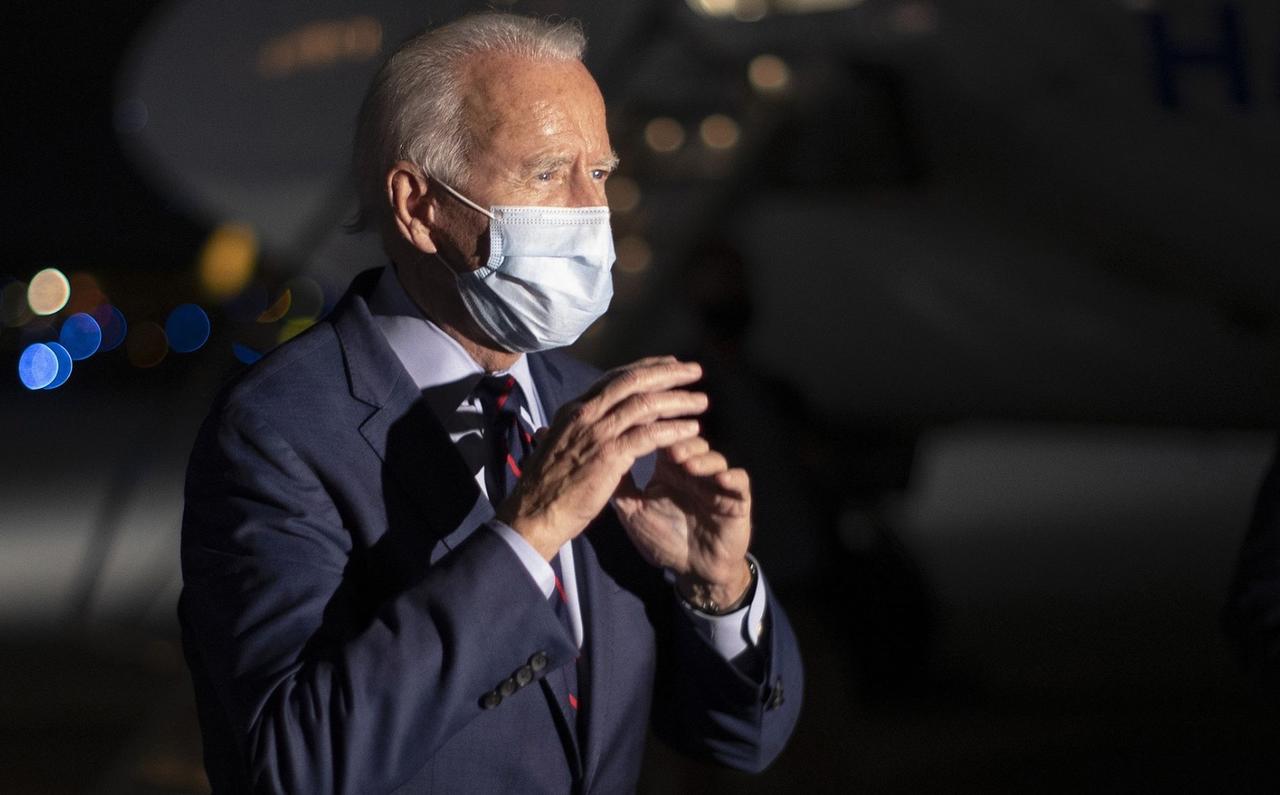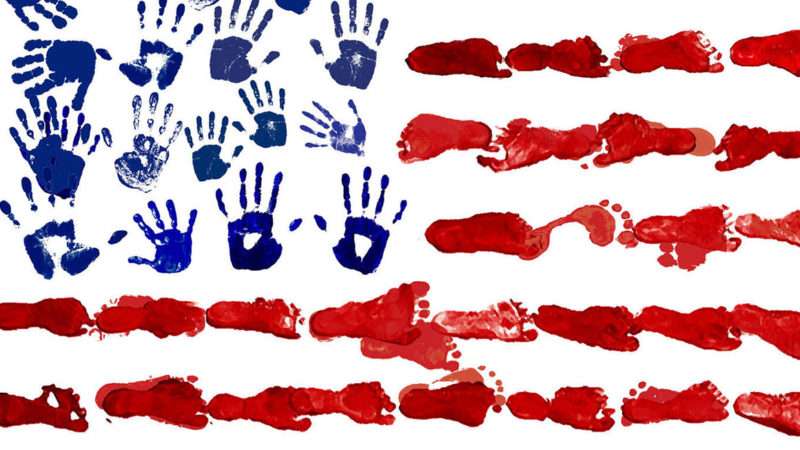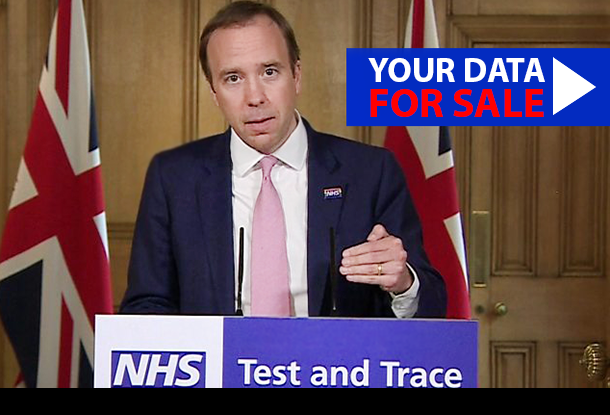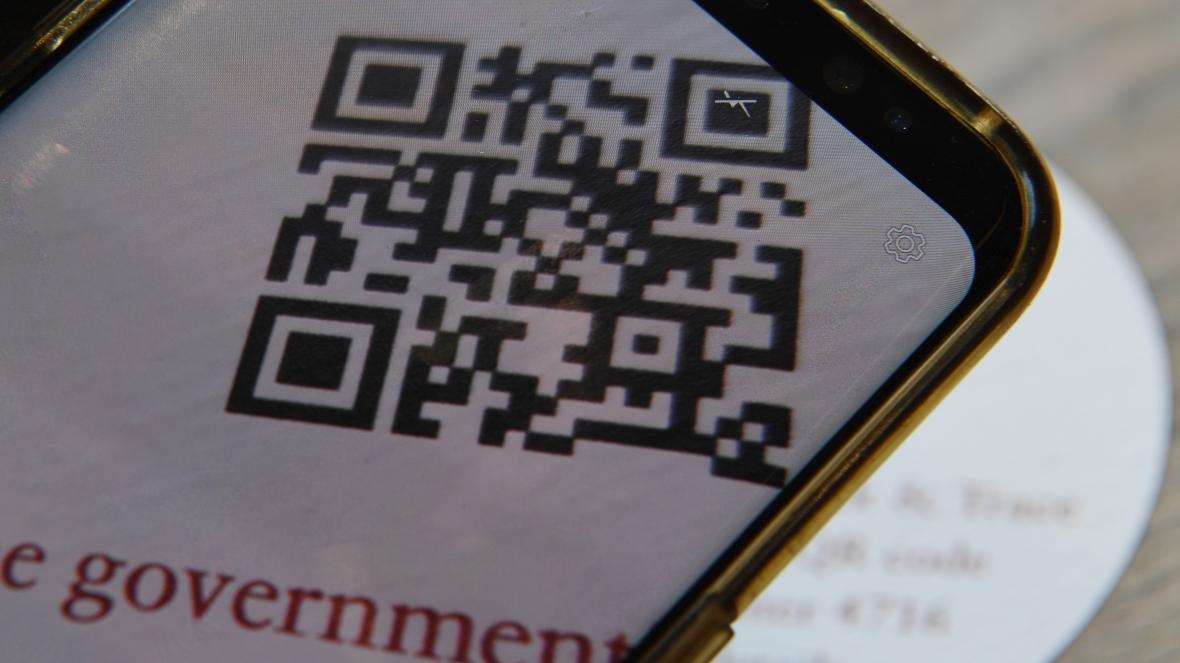Taking Children: A History of American Terror, by Laura Briggs, University of California Press, 256 pages, $24.95
America exploded with indignation in 2018, when the Trump administration initiated mass separations of border-crossing migrant children from their parents, shipping the kids to the federal equivalent of orphanages.
The administration said the parents had broken a federal law that prohibits crossing the border without documents. Never mind that many, if not most, of the families intended to claim asylum, or that they handed themselves to Border Patrol agents as soon as they traversed the international line. Never mind that when claiming asylum, a person without papers can legally cross at any place on the border whatsoever. These parents had broken no law, but the administration defined them as criminals subject to arrest and trial. While in jail they couldn’t care for their children, officials said, so the government needed to take the kids.
The administration also said that it was sending a “deterrence” message to Central Americans: If you come here, we will take your children.
Public outrage and civil rights lawsuits quickly softened President Donald Trump and swayed judges. By summer’s end, most of the parents and children were reunited. Most, that is, who fit a highly constrained definition of “families”—adults caring for their biological children only. Aunts, uncles, grandmothers, and older siblings head many families in poverty-stricken and violence-ridden countries. But extended kin trying to escape terrible conditions are often accused of “trafficking” the children in their care.
As a result, many immigrant children remain in federal detention. Family separations continue apace, but most of us have moved on, telling ourselves that the boys and girls of 2018 are back with mom and dad, that the whole thing was an aberration, that America loves family unity.
But these separations, as shocking as they were to some Americans, are part of a much longer history. Different arms of the government have been destroying families for a very long time, a history entangled with race, immigration, and colonization. The current administration’s family separation policy is only the most recent example of this appalling legacy.
Most of us already know some of what Laura Briggs writes about in Taking Children. Most of us are aware that, for hundreds of years, African-American children were routinely and forcibly separated from their parents on auction blocks. And many know that in the 19th century, Native American children were removed from their families and shipped to white-run boarding schools, where they were stripped of their Indigenous clothing, dressed as Westerners, forbidden to speak their native tongues, and kept from their parents for years.
If slave sales and boarding school seizures were the family separations described in Taking Children, the work would read like an A.P. high school textbook. But Briggs, a historian at the University of Massachusetts Amherst, also recounts outrages that are only a few decades old. Resurrecting this forgotten history, she demonstrates its continuity with the recent separation of migrant families.
For years in America, unmarried, pregnant white women had been disciplined by being hidden in “homes for unwed mothers” and pressured to relinquish their newborns for adoption. Cloistered and closeted, most of these white women remained invisible, even as unwed-mother homes and adoption agencies wanted nothing to do with pregnant black women. Unmarried African Americans mostly kept their babies, and the families were highly visible.
But as the civil rights movement reached its apex in the 1950s and early 1960s, white supremacists lashed back. Beginning in 1958, the Mississippi legislature started crafting legislation to discipline unwed mothers. One 1964 bill called for charging them with a felony, punishable by sterilization or three years in prison. The de facto targets were black women and their children.
The Mississippi bills did not pass. But other Southern states devised related punishments, using welfare as a tool of social engineering. In 1957, at the height of Little Rock’s school desegregation fight, Arkansas Gov. Orval Faubus enacted a rule to remove families headed by unwed mothers from the welfare rolls. During the same period, Florida ceased to recognize common-law marriages, redefining them as “illicit relationships” and “illegal cohabitation.” Florida and Tennessee defined households headed by unmarried mothers—again, disproportionately black women—as “unsuitable” and kicked the women and their kids off assistance.
Seven Southern states enacted laws along these lines. Briggs documents caseworkers telling mothers that if they wanted to stay on the rolls, they needed to relinquish their sons and daughters to foster care.
One of those seven states was Louisiana. In 1960, after New Orleans faced a court decision requiring it to racially integrate city schools, Gov. Jimmie Davis and the legislature announced a “segregation package” of new laws to stop the desegregation order. Most were deemed illegal by the federal courts, but one that survived was a “suitable home” provision intended to prohibit 23,000 children from receiving welfare. Black New Orleans residents considered the rule a political punishment and turned it into a national and international issue. Black civil rights groups and white allies organized “Operation Feed the Babies” to collect food, clothing, and funds for the threatened families. Aid came from as far away as England.
The statute was overturned. But in 1961, the federal Department of Health, Education, and Welfare mandated that children could be removed from homes deemed “unsuitable”—including because of a mother’s extramarital sex and cohabitation—if the mom refused to “rehabilitate.” Not until 1968 did the Supreme Court forbid welfare bureaucrats from investigating poor parents’ sex lives. In the meantime, the foster care system swelled with black and brown children.
While compulsory boarding school attendance for Native American children was abolished in the 1930s, Briggs notes that it was quickly replaced: White welfare workers were soon coming on to reservations to evaluate children’s need for foster care. Particularly vulnerable to being taken were children whose mothers weren’t married or whose caretakers were extended family, such as grandmothers. (Grandparents were considered too old to raise children.) Again, foster care numbers burgeoned. By the 1970s in North Dakota, Native Americans constituted only 2 percent of the state’s population but half of the children in foster care.
Sustained activism by Native Americans resulted in the 1978 Indian Child Welfare Act, which mandated that tribal governments, not white-dominated county welfare departments, decide whether Native children should stay with their families. But it’s not clear whether the situation improved. One federal study found that a third of Native children were still in out-of-home care in the mid-1980s.
Meanwhile, the separation of American children from their American parents continued with a vengeance, mainly because of the drug war. This too fell more heavily on the poor, thanks in part to mandatory minimum sentences for possession of crack—a relatively affordable drug—compared to much lighter sentencing for crack’s monied-people cousin, powder cocaine. Black children entered foster care at an alarming pace as crack charges put their parents in prison. Incarceration rates for women tripled in the 1980s, and four out of five black women in jail or prison had children living with them when they were arrested. Today 10 million American kids, including one in nine black children, have a parent who has been locked up.
Briggs also decries the criminalization of pregnant women who test positive for illegal drugs or alcohol. Many of us remember the ’80s and ’90s press panic about “crack babies” with permanently destroyed brains. These babies’ abnormal symptoms turned out to be short-lived and mostly due to other conditions related to their mothers’ poverty. During the same period, fetal alcohol syndrome in newborns became a concern. It’s a medically valid one, although maternal drinking’s worst effects on babies are also tied to poverty. But rather than seeking to address the poverty, authorities arrest the pregnant mothers and take their older children. Native women are disproportionately prosecuted. Briggs notes that the most avid supporters of criminalizing women for mistreating their unborn fetuses are people who are trying to overturn Roe v. Wade.
So the family separations of 2018 were hardly the first time the government unjustly tore kids from their parents, and they probably won’t be the last time either. Then–Homeland Security Secretary Kirstjen Nielsen said it best while explaining why she thought taking children from their parents on the border was OK. It was “no different,” she explained, “than what we do every day in every part of the United States.”

from Latest – Reason.com https://ift.tt/3lHtZuK
via IFTTT
